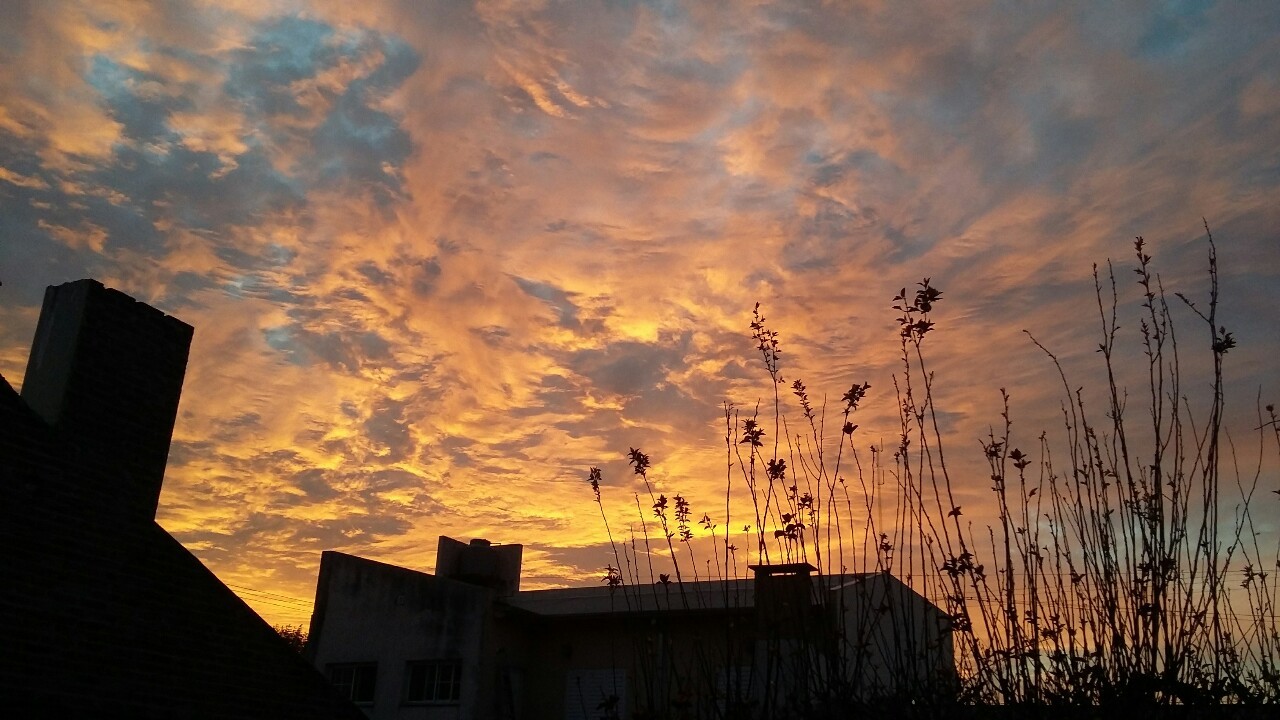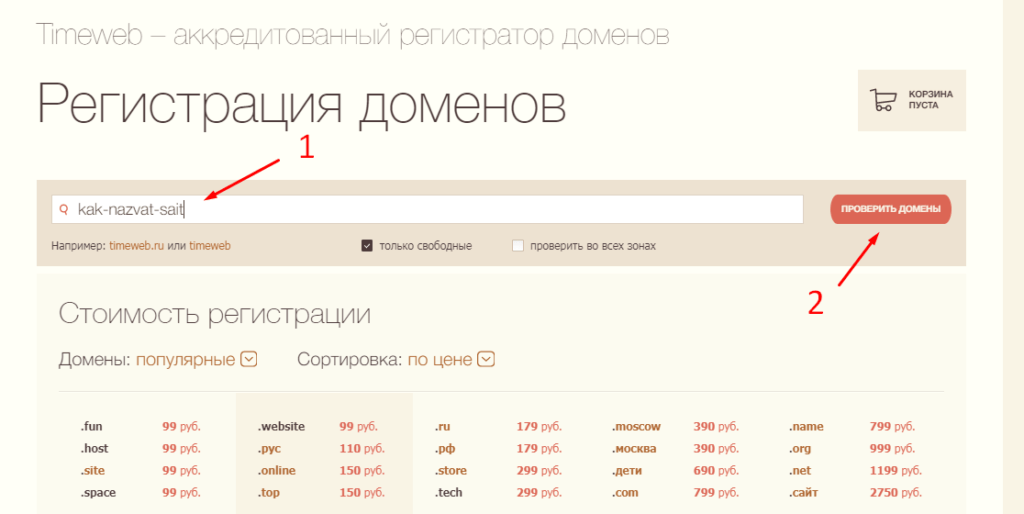Now that we have our newly created custom post type, we can start to create all of the products we want as individual posts. But what if we want each product to include a title, main description, a downloadable pdf of specifications, and two images? First, head to the Custom Fields admin page and add a new field group. Call this group 'Product Info' and add a new rule in the Location box that reads 'Show this field group if Post Type is equal to Product'. If you do not see Product as an option to select, go back and make sure you registered your custom post type correctly. Shortly, we'll need to execute a meta query against the database.
The below example sets up a custom post type for "Office Locations". Take note of the register_post_type functions first parameter. This will be the slug used in your custom post type archive page URL, single post page URLs, and will be used later when we make the custom post type loop query. Here, the meta_query argument holds two meta query arrays and a third parameter setting the relation between the meta queries.
The query searches the wp_posts table for all accommodation post types where the custom fields city and type store respectively the values Paris and room. Create a variable with an array of parameters to pass to the WP Query class. The 'post type' parameter should be set to the slug of the custom post type we want to query. This is most likely the custom post type you've already created. If you haven't done so already, learn how to create custom post types in WordPress. Set up a variable that contains an array of parameters you'll pass to the WP_Query class.
You'll want to set the 'post_type' parameter to the slug of the custom post type we'd like to query. Most likely, this is the custom post type that you've created already. If you haven't created a custom post type yet, see how to create custom post types in WordPress. It will cover both a theoretical introduction to handling user requests and a concrete application of that theory, particularly, building an advanced search system. As well as, more discuss code with example about wp_query custom post type category and taxonomy. Now, displaying multiple ways to conditions like create custom post type in the loop.
Have you not ever felt that the WordPress theme you're using seems rigid and limited? Especially when you try to set up sliders or carousels that are not using static content, but you want the content to get dynamically updated when new posts are added? Most page builders come with a blog module that displays the recent posts on a page, however it's limited to posts, and doesn't include custom post types in most cases. Creating a WordPress loop for a custom post type is easy and just needs this simple snippet instead of the normal WordPress loop. I would suggest creating a copy of your themes page.php and then save it as template-younamehere.php. You can then replace the normal WordPress loop with the following code and then assign this to a particular page you want the new post type to appear on.
You will need to add a template header to the file first of course, you can find the code snippet for this by clicking here. Note that the WP_Query class takes arguments in an array format, but if they are not defined, then WordPress will fall back to the defaults. To query for custom post types, all you have to do is to define post_type in the argument list.
In our case, we will create a new array to store our arguments. The WP_Query class is commonly used to get custom post type data outside of the default loop. It allows you to create multiple loops on a single page. If you are trying to change the default query parameters for a post page, then you should use the pre_get_posts filter. However where I find get_posts() most useful is if I simply want to check if there are any posts with my arguments. I can then output code depending on whether there are any posts present, which doesn't have to be a loop.
Template files are used by your theme to display pages for each content type. There are more template files themes can use, for example to dimply taxonomy or post type archives – for more details see the Template Hierarchy. You can add custom post types to your WordPress site in one of three ways.
You can use a plugin such as WooCommerce that registers a custom post type related to the functionality of the plugin. You can use a plugin like CPT UI or Pods to add your own custom post types. Or you can write your own plugin and use the register_post_type() function to register the post type using code. Whichever method you use, you'll be able to get much more from your WordPress site. Most custom post types you add to your site will work like posts, which means they're designed to be displayed in archive pages. Maybe you're using a custom taxonomy to display them, or maybe you've added the "category" taxonomy like I have.
Your WordPress site has a number of database tables to store content and settings. In this article, I'll show you exactly how WordPress custom post types work. I'll compare them to the post types you might be more familiar with, teach you how to create them, and show you how to use theme template files to display them in your site.
Now that we have a custom post type setup, we may want to loop through it . Though the same concepts can be used to loop through the output on any page you want to make. We will want to name the archive page based on the chosen slug. For an archive page the format is "archive-YOURSLUGHERE", so for our example we would name the page "archive-office-locations" and save it as a php file.
Custom Post Types are incredibly useful for setting up data structures in the best way possible for any project and they help keep the admin area organized and easy to update. When it comes to displaying your custom post type loop though, it has some differences compared to the default post loop. So I am to show the creation of a custom post type, and then we'll go over how to loop through it on it's own archive page. I'll provide all the code that will allow you to implement it really easily, but the loop can always be customized as well to suit any specific needs. Custom fields allow you to add additional meta data into your WordPress posts and then display them along with your post content.
You can add custom fields by simply enabling the custom fields metabox under the Screen Options. You can also create custom metaboxes in WordPress to give your custom fields a better user interface. Here, when you use wp-query to get the post to apply these steps one by one. Firstly, set the argument to get the custom post type data.
So then, add wp_query to display all post data as you like to show on your page. After that, implement this code to custom post type in a loop. First thing you need to make sure is that your custom post type has archive enabled in the code.
To do this, you need to go to your custom post type code (can be found in your theme's functions. php file or site-specific plugin file). You need to make sure that you have has_archive argument set to be true. A lot of times you will want to show a list of custom post types on a particular page using a custom page template.
When doing this, one of the easiest ways to show the post types, is to use WP_Query(). For this example, I'm going to assume that the custom post type list is being displayed in lieu of the regular page content. If you are simply including a list of post type entries at the bottom of your page content , then consult Jeff Star's article on 4 Ways to Loop WordPress.
Easy Content Types make it extremely easy to add new custom post types to your WordPress site. What is not always so easy is getting those post types to show up in your template files. This is mostly because a lot of themes do not support them very well. So I'm going to show you a few tricks to getting custom post types to show up in your template files the way you want them to.
Many WordPress superpowers come from its flexible data architecture that allows developers to widely customize their installations with custom post types, taxonomies and fields. It enables programmers to create custom queries and display posts based on various parameters. Developers have the ability to query the WordPress database directly.
Let's say I want to add a second loop after the post content on my single.php template file, to display a list of featured posts. I've defined those featured posts using a "featured" category. For each of these posts I want to display the featured image and title, with links to the post. This checks if the main query is being run and if we're on a category archive using is_category(). It then modifies the query to fetch posts of your custom post type.
Sometimes you may want to change the way the query works. For example, on your main blog page you may want to exclude posts in a certain category, or on an archive page you may want to list posts by category rather than by date order. You could also decide you need to add extra queries to your pages, adding lists of recent posts or related posts, for example. Or you may want to create a template file which replaces the main query with a completely custom one. Here's what we'll accomplish in this brief guide – we'll have a custom Gutenberg block that allows you to interface with the WP_Query class. You can loop through your posts or a custom post type and add query parameters like taxonomy, post count, and post order.
WordPress knows what post type each post is because it will have a value in the post_type field in the wp_posts table. That value will correspond to the name of the post type. So when you add a new blog post, WordPress will add a post to the wp_posts table, with the post_type of "post". Now there are plenty of customization options for the custom post type loop, but those are are totally reliant on the needs of the site. The important part is to know that you can pull results just from your custom post type by setting the 'post_type' argument in the query. There is also a Post Template block, which throws a wrinkle in all of this.
Aside from the word "template" being overused in WordPress for various features, this is a new method for an old concept. However, in the block editor, there needed to be a new way to group these things together. The Post Template block acts as this group, housing the things users want to display in the Query Loop. Use the 'posttype' parameter, set it as your custom post types slug, and you'll only get results from that specific type of content. In this article, we will show you how to display custom fields outside the loop in WordPress. The single post template used when a visitor requests a single post from a custom post type.
For example, single-acme_product.php would be used for displaying single posts from a custom post type named acme_product. The archive post type template is used when visitors request a custom post type archive. If your theme includes custom post types , you can also add the single pages assigned to your CPT to your posts page as well. For a specific custom post type, you need to create a template file called archive-$posttype.php, where $posttype is the name of your post type.
So for my books post type, I'd create a file called archive-kinsta_book.php. The 'supports' array defines a number of features of post types that you can have this post type support. I like to ensure that features such as featured images and custom fields are turned on.
This function will contain all of the code for your custom post type. You might want to change its name to add a prefix of your own instead of kinsta_. It's good practice to use a prefix on all of your functions so that you don't clash with the name of any function provided by your theme or the other plugins you're running. Products listed in WooCommerceWooCommerce also registers some custom taxonomies and custom fields for you to organize your store, including product categories and product tags.
These are different from the categories and tags you'd use for your blog posts. When the new WP_Query is called, the relevant testimonials are retrieved and we can loop through them. In the loop we simply output the title and the content of the testimonial in a simple list. Also, we should always use the wp_reset_postdata function, to reset back to the original loop, when we use a WP_Query loop. This will ensure that everything works after we finish with our custom query.
In the first and second articles, we registered the testimonials custom post type and the testimonial_service custom taxonomy. So we will take a look at how to create a template for our testimonials, how to query them, and how to display them anywhere on our site. Custom post types have changed WP to from a blogging platform to a real CMS. Getting posts from specific custom post types could not be easier. I'm having hard time with this problems since I cant figure it out. I'm using 2 WP_Query loops for custom post types on the same page.
I also created a custom meta box for both custom post types. In this article, we will show you a step by step guide on how to create a custom post types archive page in WordPress. Finally, you can see in detail use wp_query to display custom post type in WordPress. So, if you have regarding the issue can ask any time in the comment section and apply this example on your page. For something like a blog page, you might just want to show the custom post title and a link back to the custom post. Perhaps you want to display a variety of dynamic content, such as custom fields, images, and so on.
We then add in the code that we want to loop through for each post type, this might consist of a div class and some content. Here we have added a simple column div with some text in between. If our post type has content within it stored in the database, then it will display this content for each item. I.e. if there are 50 posts then there will be 50 divs output onto the page with a class of 'col-sm-4' and the same piece of text content. More specifically, i had a list of taxonomies (in my case a 'Projects Category') and a list of custom post types assigned to each taxonomy .
A few days ago as i was working on a project, i needed to query my custom post types and order them by a custom taxonomy. To demonstrate this, we'll create a Testimonials block. The block will query a testimonial custom post type and display posts in a template. WordPress custom post types are the feature that elevates it from a simple blogging platform to a true content management system. They let you create complex, bespoke sites that can act as stores, reference hubs, media sites, or anything you're in need of.


























No comments:
Post a Comment
Note: Only a member of this blog may post a comment.